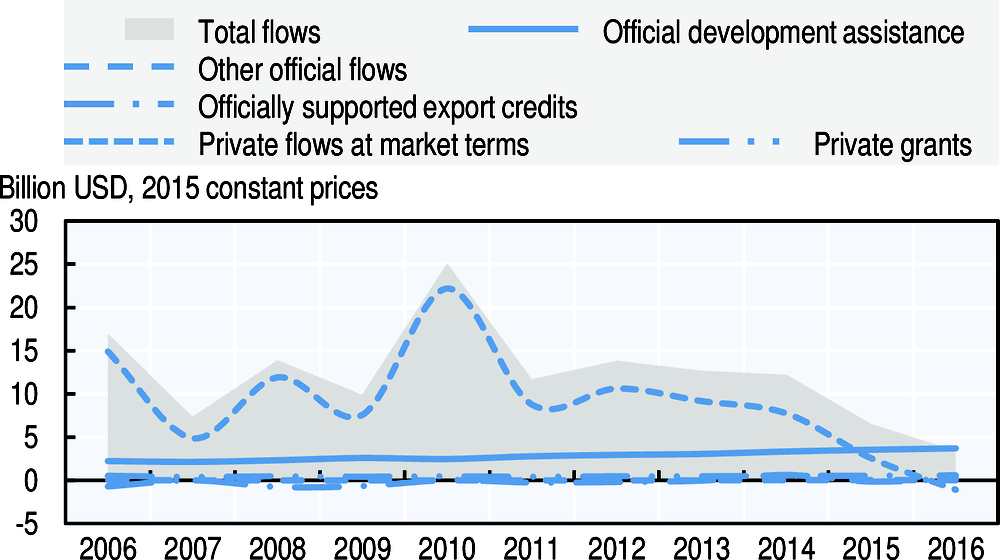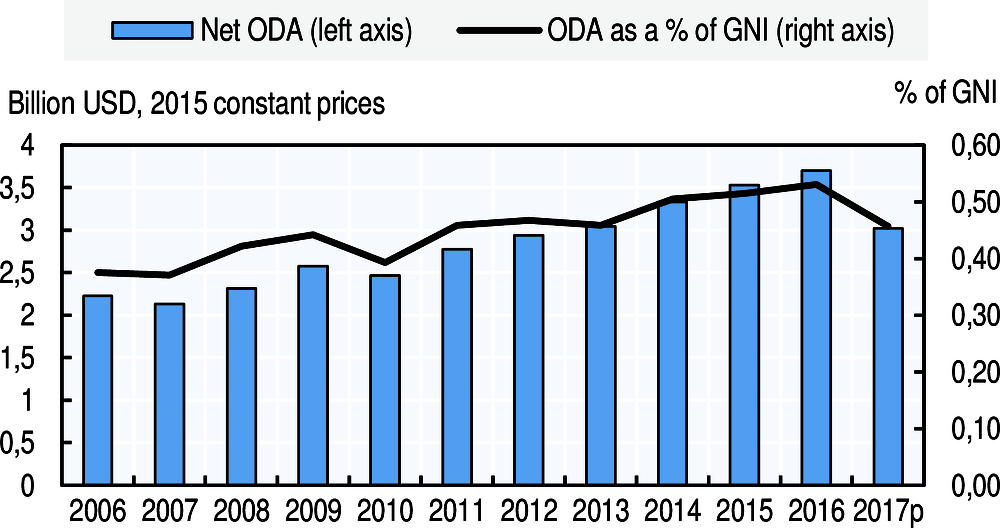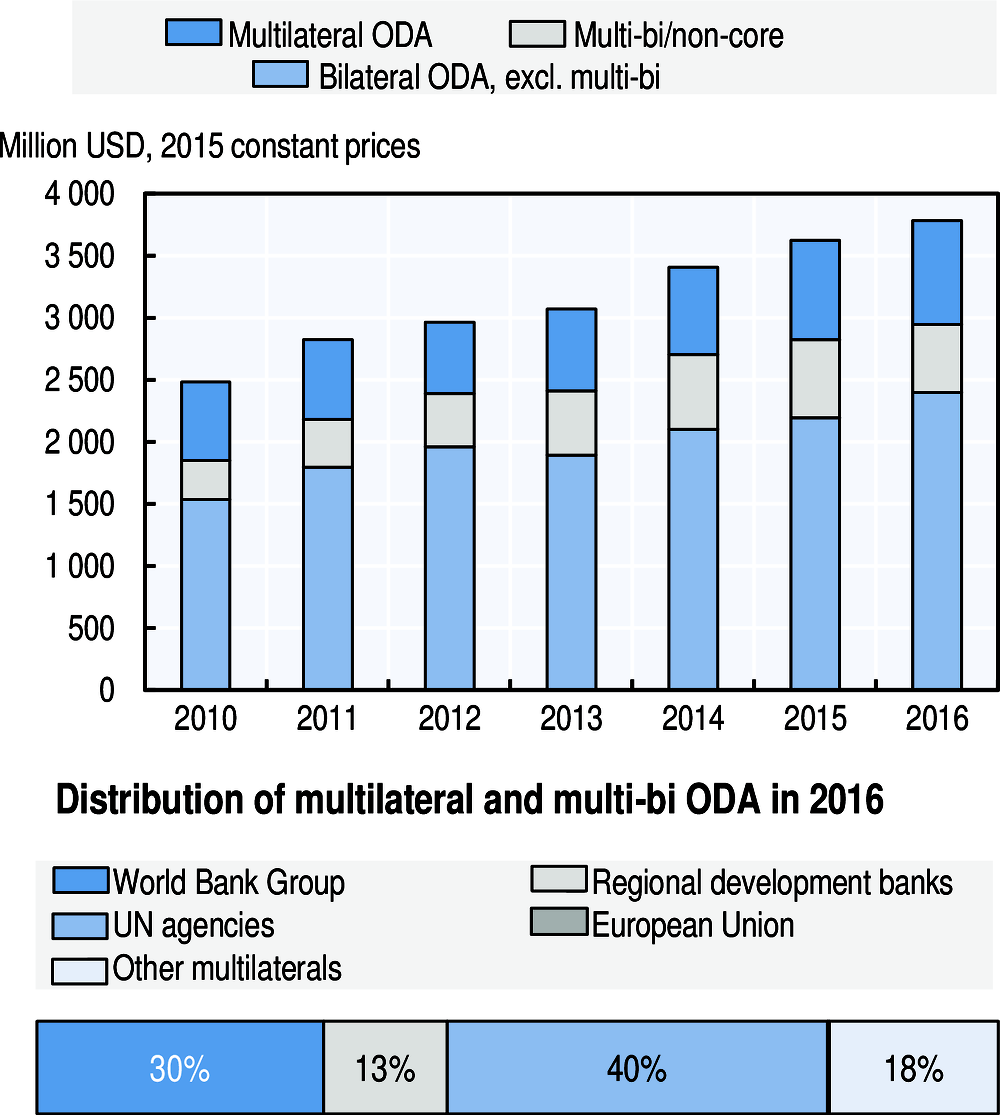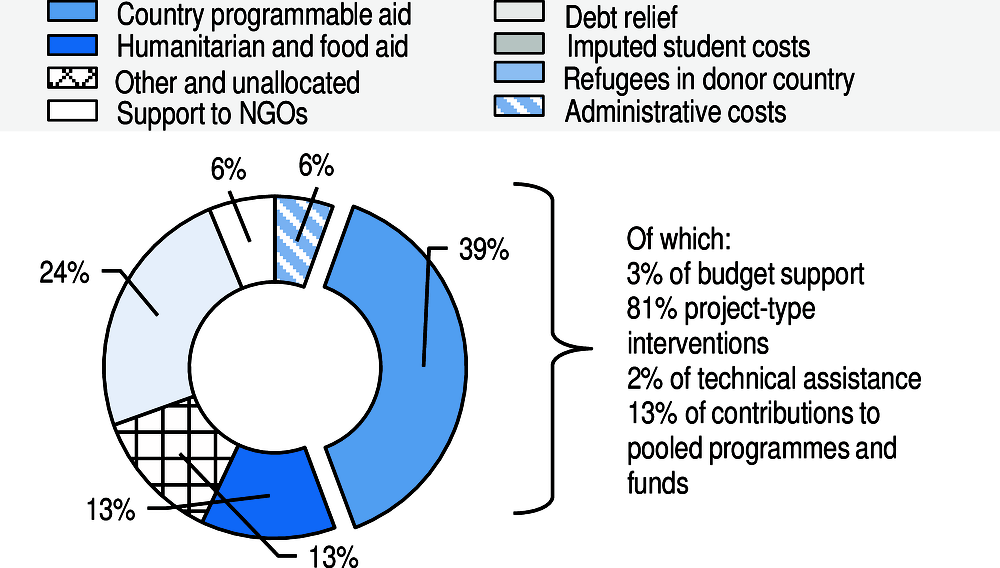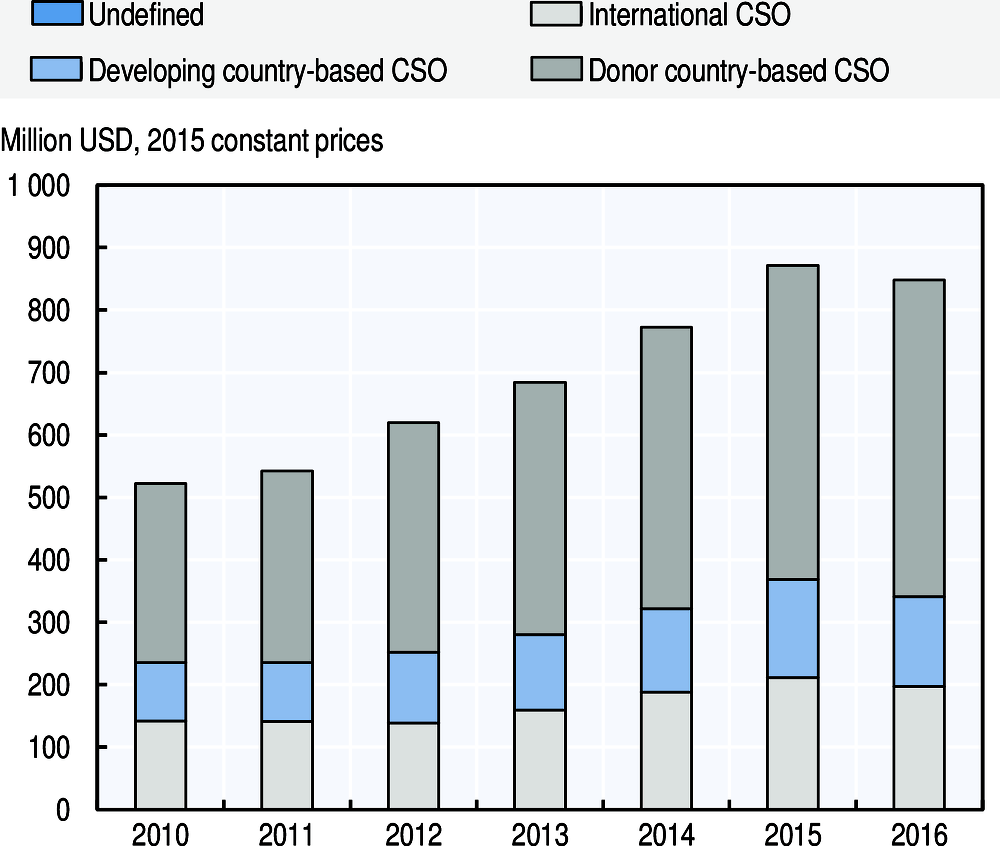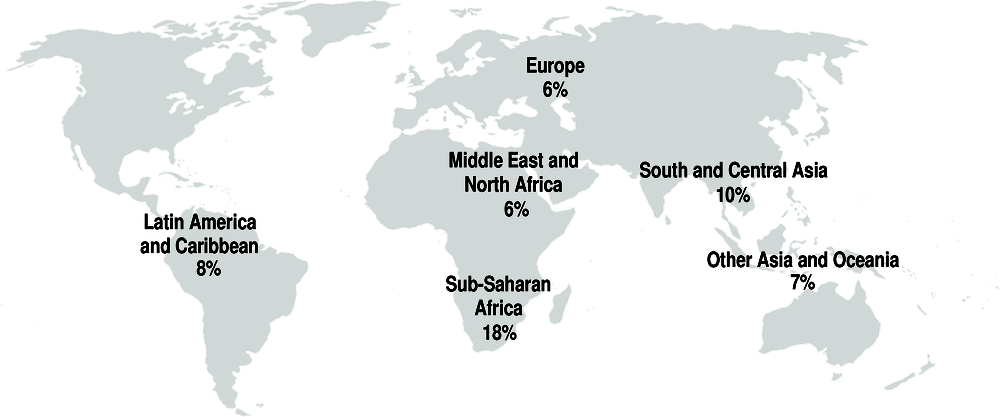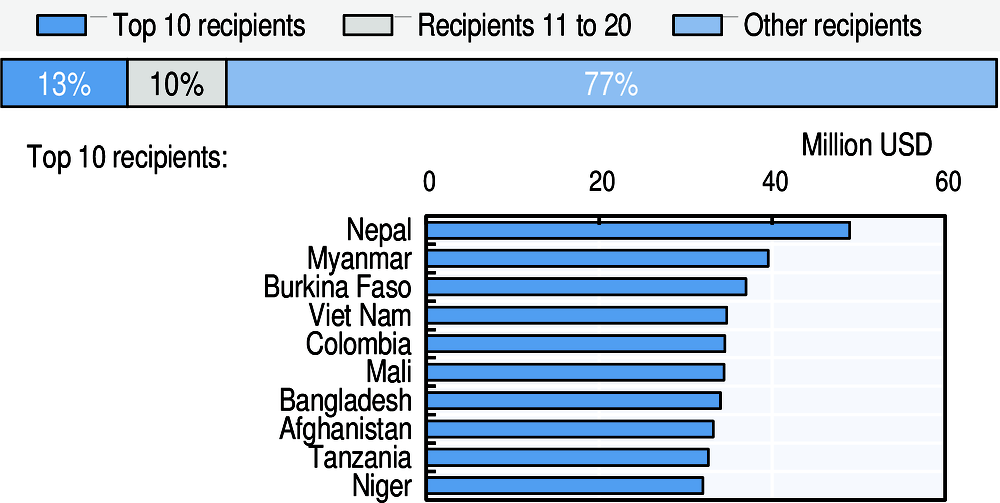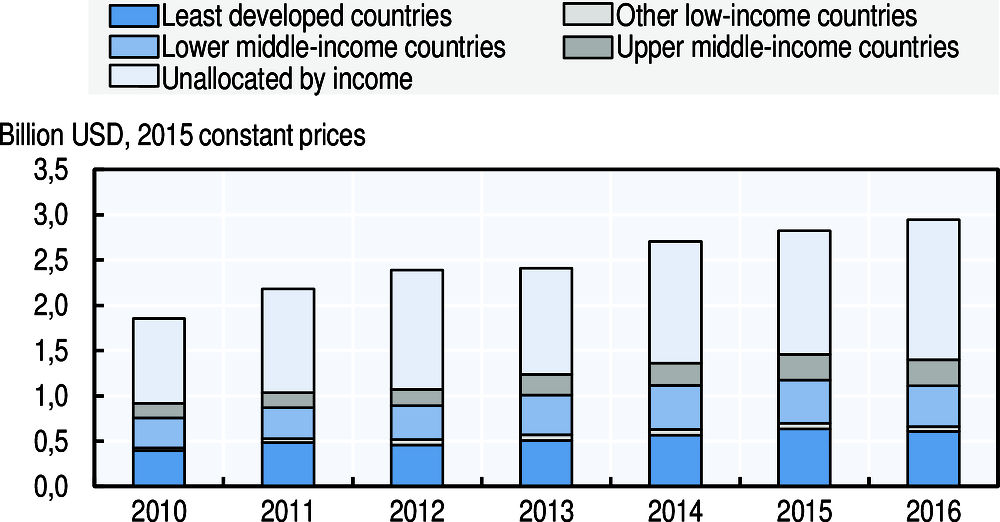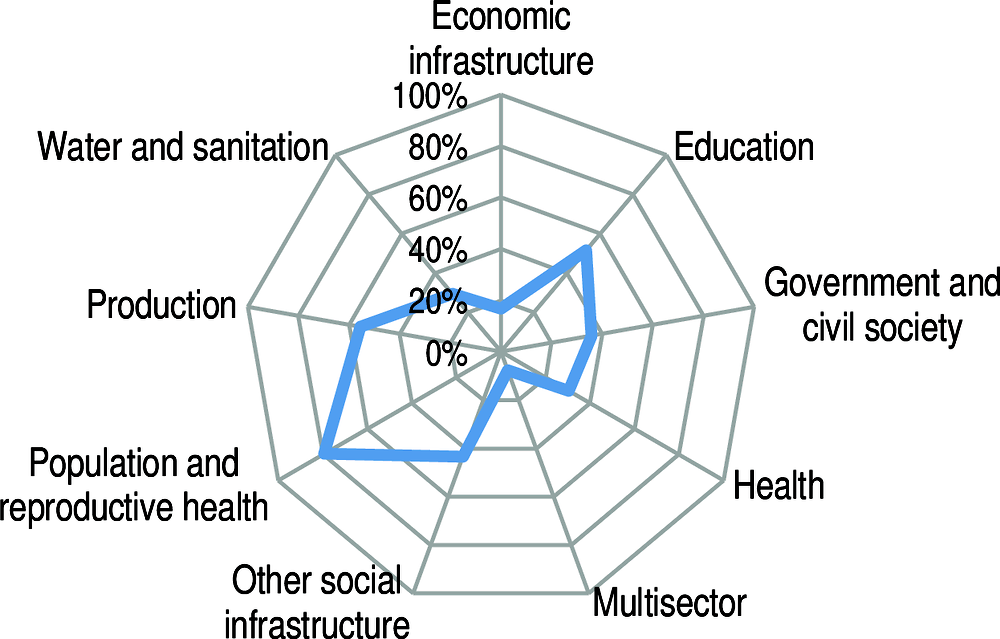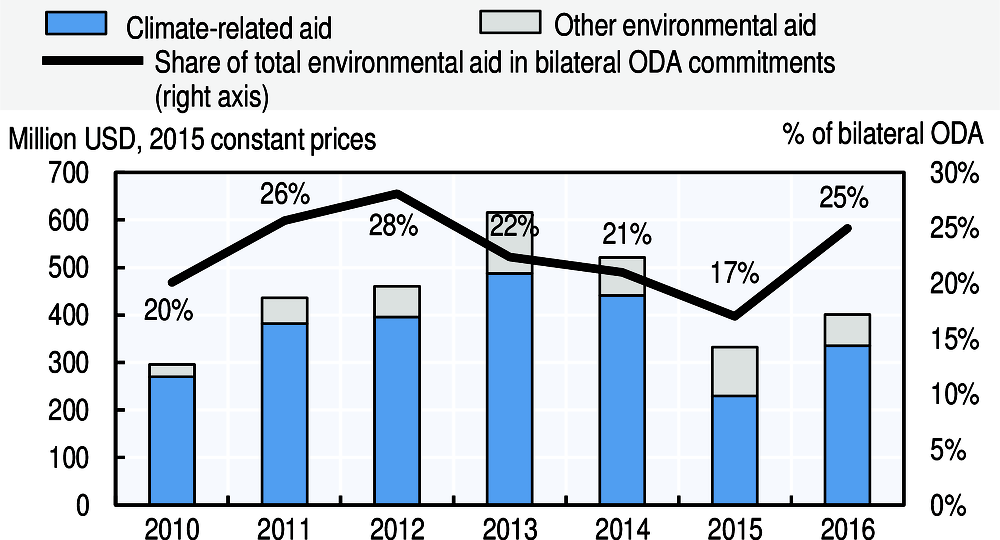Switzerland
Leaving no one behind: Switzerland’s approach and priorities
Switzerland committed to leaving no one behind in the 2030 Agenda and plans to refer to it in the next parliamentary Dispatch on development co-operation (in 2021). The Swiss Agency for Development Co-operation (SDC) has a long-standing focus on multidimensional poverty, tackling root causes of exclusion and discrimination. In addition to its humanitarian aid, the SDC states that it meets its target to allocate 50% of its bilateral budget to fragile and conflict-affected countries, which it considers as the countries left behind.
The SDC considers that all individuals or groups excluded from sustainable development and lacking minimum standards of living are left behind. It is developing a working tool to address leaving no one behind which builds on the human rights-based approach it has mainstreamed. The tool identifies two pathways: 1) working towards an inclusive society where all groups benefit from minimum standards of living and mainstreaming “leave no one behind” through targeted actions on barriers to inclusion; and 2) prioritising groups in specific contexts and designing targeted programmes to enhance resilience and inclusion. It is also developing factsheets on what leave no one behind means in specific sectors and will integrate this approach in its results-based management tools.
For the SDC, the risk of weak political buy-in to reach the furthest behind is a challenge in some contexts. Lack of disaggregated data is also a challenge.
Financial flows from Switzerland to developing countries
Switzerland’s performance against commitments for effective development co-operation
Switzerland’s official development assistance
In 2017, Switzerland provided USD 3.1 billion in net ODA (preliminary data), which represented 0.46% of gross national income (GNI) and a 13.9% decrease in real terms from 2016, due to lower levels of in-donor refugee costs reported. Under the expenditure stabilisation programme decided by the Federal Council for the period from 2017 to 2019, Switzerland’s official development assistance (ODA) will be at around 0.48% of GNI. In 2017, in-donor refugee costs were USD 285 million and represented 9.2% of Switzerland’s total net ODA, compared to 19.3% in 2016.
Switzerland’s share of untied ODA (excluding administrative costs and in-donor refugee costs) was 94.3% in 2016 (remaining stable from 94.6% in 2015), above the Development Assistance Committee (DAC) average of 81.2%. The grant element of total ODA was 100% in 2016. Loans amounted to 2.1% of gross ODA in 2016.
In 2016, 77.9% of ODA was provided bilaterally. Switzerland allocated 22.1% of total ODA as core contributions to multilateral organisations. In addition, it channelled 18.7% of its bilateral ODA to specific projects implemented by multilateral organisations (multi-bi/non-core contributions).
In 2016, 38.8% of bilateral ODA was programmed with partner countries. The share of country programmable aid was lower than the DAC country average (46.8%); project-type interventions made up 81% of this aid. Twenty-four per cent of bilateral ODA covered the costs of refugees in donor country.
In 2016, USD 821.6 million of bilateral ODA was channelled to and through civil society organisations (CSOs). Between 2015 and 2016, ODA channelled to and through CSOs decreased as a share of bilateral aid (from 30.9% to 28.8%).
Bilateral ODA primarily focused on sub-Saharan Africa. In 2016, USD 500.4 million was allocated to sub-Saharan Africa, USD 286.4 million to south and central Asia, and USD 179.7 million to Eastern Europe.
In 2016, 12.7% of bilateral ODA went to Switzerland’s top 10 recipients. All countries on the list of top 10 recipients figure among the list of Switzerland’s 30 priority partner countries. Swiss support to fragile contexts reached USD 731 million in 2016 (26% of gross bilateral ODA). Support to fragile contexts consisted mainly of project-type interventions (62%) and contributions to pooled funds (34%).
In 2016, 20.6% of bilateral ODA was allocated to least developed countries (LDCs), amounting to USD 588.8 million. This share has decreased compared to 22.4% in 2015 and is in line with the DAC country average in 2016 (21.9%). The LDCs received the highest share of bilateral ODA in 2016, noting that 52.6% was unallocated by income group.
At 0.13% of its GNI in 2016, total ODA to the LDCs was lower than the UN target of 0.15% of GNI.
In 2016, 26% of bilateral ODA (USD 622 million) was allocated to social infrastructure and services, with a strong focus on support to government and civil society (USD 310.2 million) and education (USD 111.4 million). Humanitarian aid amounted to USD 366 million. In 2016, Switzerland committed USD 24.6 million (1.6% of bilateral allocable aid) to the mobilisation of domestic resources in developing countries. It also committed USD 355 million (22.8% of bilateral allocable aid) to promote aid for trade and to improve developing countries’ trade performance and integration into the world economy.
USD 401.7 million of bilateral ODA supported gender equality. In 2016, 25.8% of Swiss aid had gender equality and women’s empowerment as a principal or significant objective, compared with the DAC country average of 36.5%. This is up from 2015 (14.5%). A high share of Switzerland’s aid to population and reproductive health focuses on gender.
USD 388.4 million of bilateral ODA supported the environment. In 2016, 25% of Switzerland’s bilateral allocable aid supported the environment, compared with the DAC country average of 33%. In 2016, 20.9% (USD 324.6 million) of Swiss bilateral allocable aid focused specifically on climate change, compared with the DAC country average of 25.7%.
Note to reader: Annex B provides “Methodological notes on the profiles of Development Assistance Committee members”.

